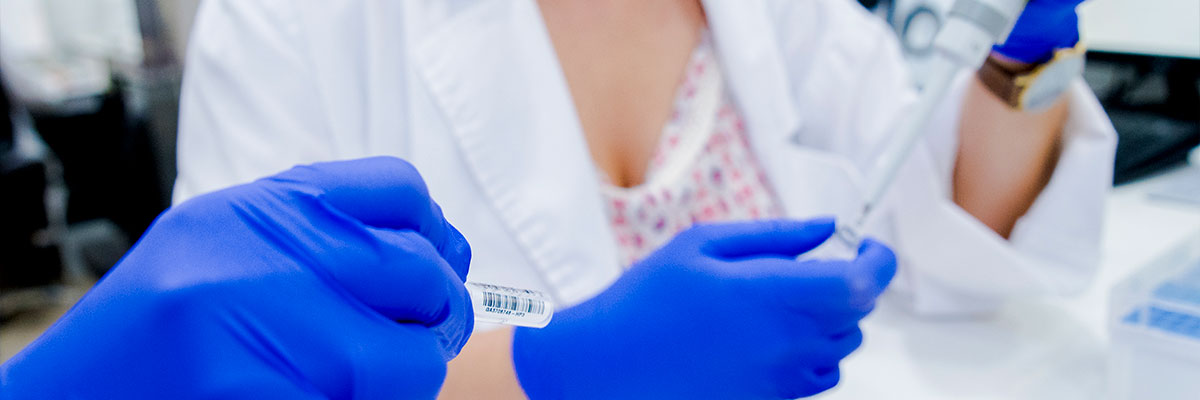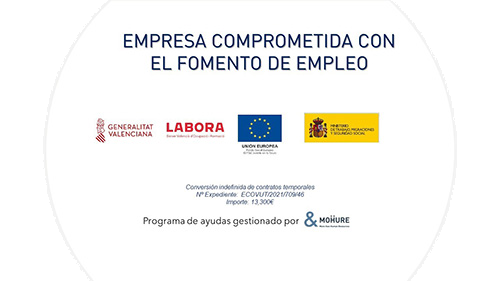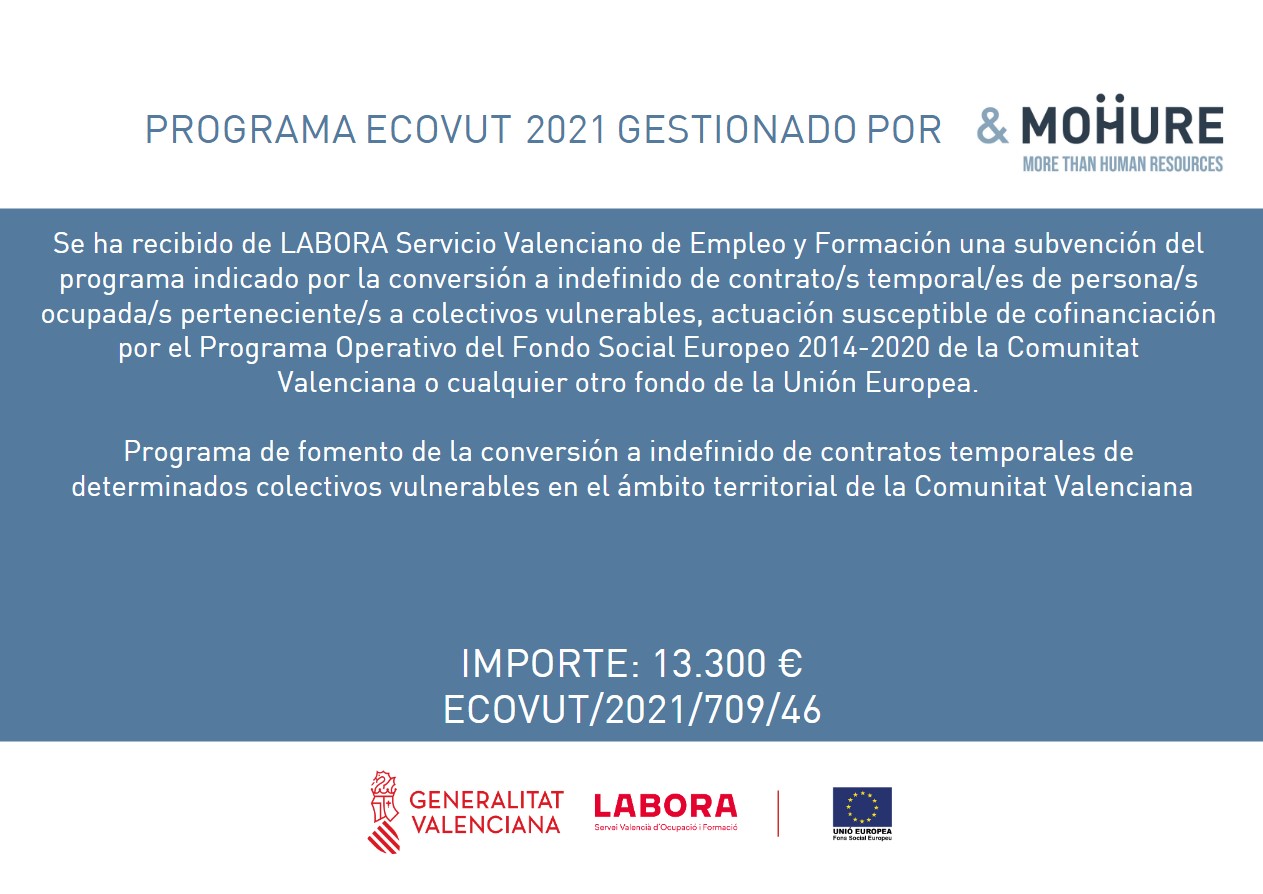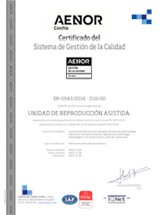There are certain occasions where we find ourselves with infertility cases without an apparent cause. The parents don’t suffer from a specific disease which inhibits a pregnancy in a natural way. When these circumstances occur, we need to study the fertilised embryo.
At the beginning of the embryos development, it is surrounded by a protection layer called zona pellucida. The embryo hatches the zona pellucida between the 5th and 7th day to be implanted in the endometrium of the mother’s uterus. However, in some women, specially those over the age of 35, the zona pellucida of the embryo might be thicker and create difficulties to hatch on its own which will impede the embryos nesting and therefore there will be no pregnancy.
On the 5th day (blastocyst stage), our embryologists examine with the use of a microscope the thickness level of the embryo’s zona pellucida and open a small hole just before transferring them to the mother’s endometrium to facilitate the hatching and achieve the implantation. With this small puncture we can also extract small imperfections that would alter the embryo’s development.
For the professionals of the HLA VIstahermosa Reproduction Unit, assisted hatching is an essential tool when there has been a continuous fertilisation failure in several in vitro fertilisation cycles and in frozen oocytes treatments, given the hardening of the membrane.
Types of assisted hatching:
- Mechanical hatching. With the help of a needle, a small hole is opened in the protective outer shell of the embryo to facilitate hatching and implantation.
- Laser-assisted hatching. This technology allows us to make a cleaner cut in the zona pellucida allowing the embryo hatching and its nesting.
- Chemical hatching. This method uses a special acid mixture that wears down little by little the protective outer shell of the embryo.
The technique to use is decided in each individual case bearing in mind all the characteristics and tests performed to the partner.











